Your product boilerplate: 5 ingredients and 11 examples
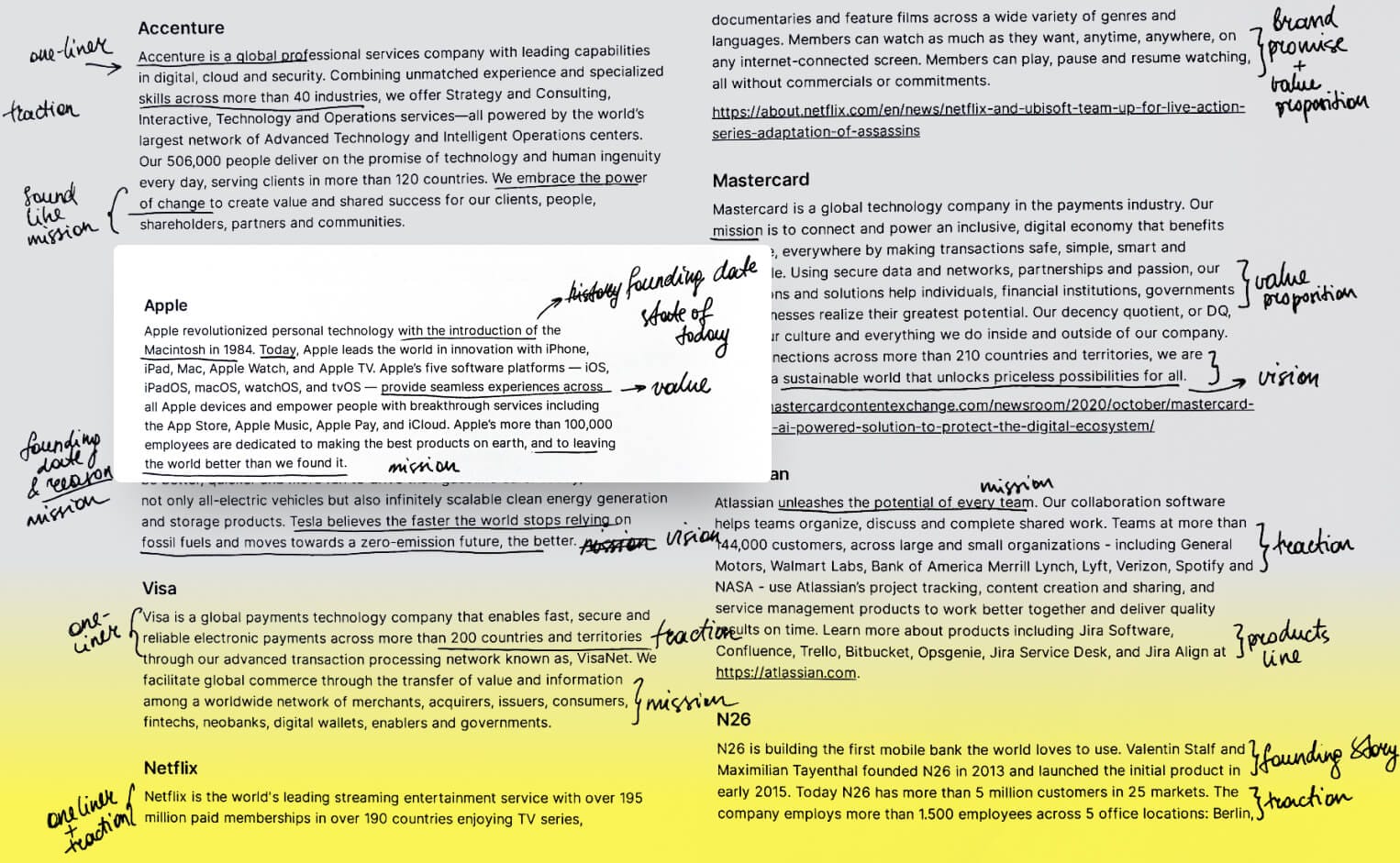
Today we have an unusual inspiration list: very content-heavy and absolutely non-visual.
Sounds boring, doesn't it?
But as a founder, you will use the brand asset we are breaking down today in almost every marketing activity. And the bigger you grow, the more often you'll need it.
Let's talk about boilerplates.
In branding, a boilerplate is a brief description of a company and its core business information. See it as an extended version of a one-liner. A bit drier and more metric-oriented.
Large companies use boilerplates in press releases and investor relations.
As a founder of an early-stage tech company, and not always a commercial business, you can use it everywhere you need to describe your project briefly:
- grant applications;
- sponsorships (if sponsoring companies have descriptions on the event page);
- podcast appearances;
- media inquiries;
- job postings.
You can just use it as a web copy for your About page.
The boilerplate structure
It's simple:
- company name and what you do (your one-liner);
- your main product or service (if not included in the one-liner) and main market(s);
- unique selling point (USP), aka your secret sauce (by the way, it's a perfect place to stop being shy and use "unlike others");
- traction so far: customers, raised funds, top investors or backed companies, awards;
- founding year (if you'd like) and a vision for a better world.
When writing your boilerplate, consider these three stylistic suggestions:
- use the present tense;
- avoid adverbs and adjectives (do it the Hemingway way!);
- keep tweet-size length, if it's your first boilerplate.
My favourite examples
You may find various boilerplate templates on the internet. But some projects, especially non-commercial ones, may require a unique approach.
So instead of adding a template in today's issue, I'd rather share a list of my favourite boilerplates with you:
- Zendesk (in About Zendesk section)
- Visa (in About Visa)
- GitHub (on the right, under Featured)
- Atlassian (2-on-1, also for the Browser Company)
- Mastercard (at the bottom, but there are more boilerplates in this release)
- Apple (in About Apple, before Press Contact)
- Wize (you know where to find it)
- Figma
- N26
- Zoom (at the very end)
- Miro
How to start
If your next event, partnership, or grant application is around the corner, try this flow:
- Rewrite every boilerplate from the list above, adjusting it to your project. Just replace names and data. Leave it for a day.
- Read the results the next day. Most likely, none of these copy-pasted boilerplates will work for you. Highlight phrases you liked in each boilerplate.
- Merge the highlights into one paragraph. You may have a few slightly different versions of your own boilerplate.
You are ready to go! Now, just share these A/B/C versions with a few people whose business opinion you value. They'll help you pick your boilerplate v0.1.
As your project expands, your boilerplate will change too: bigger numbers, more markets, wider reach.
Wishing you great reasons for adjusting your boilerplate ;)
Yours,
Ira
No spam, no sharing to third party. Only you and me.
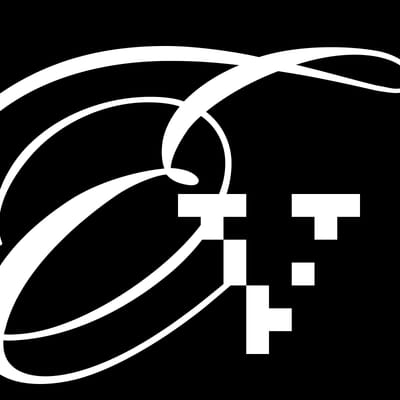
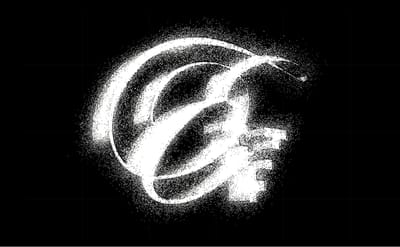
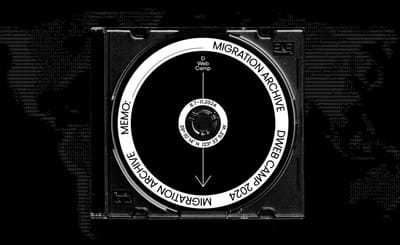
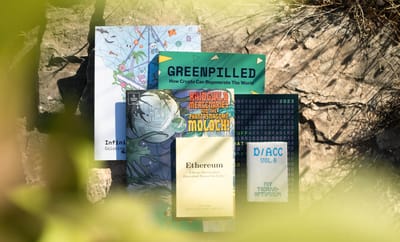
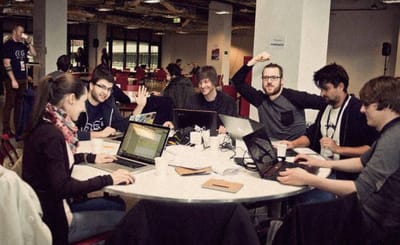
Member discussion